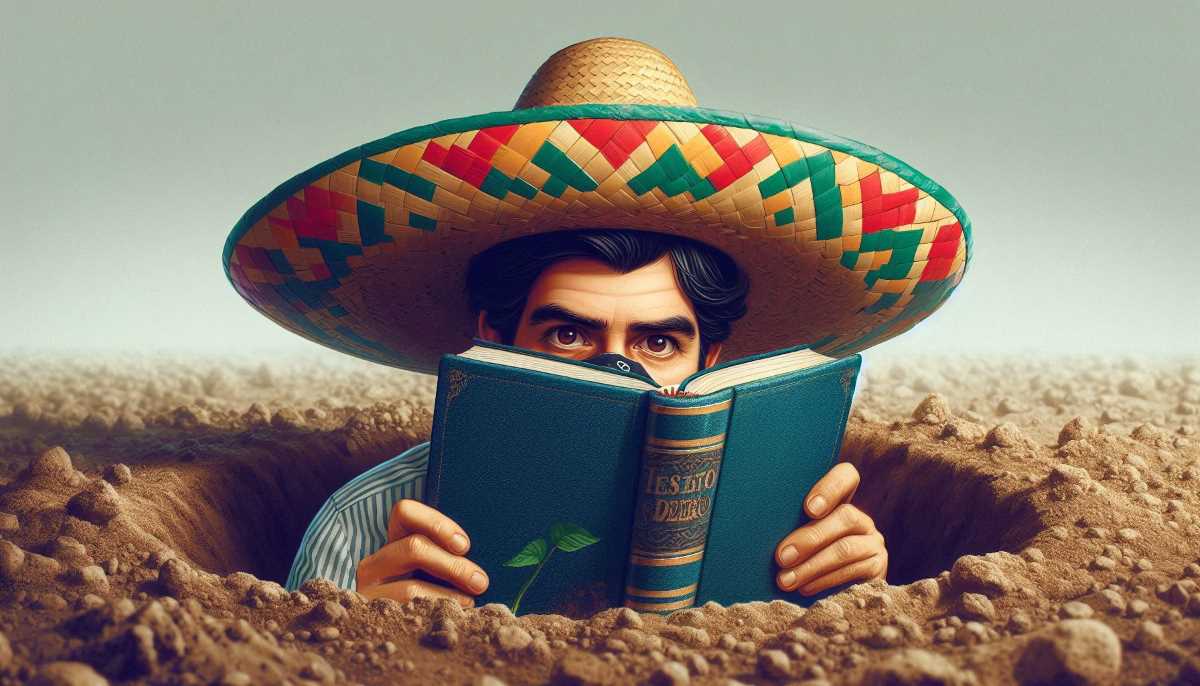Smuggling Literature in the Spanish Colonial Empire
The Philippines, a Spanish colony, was a hub for forbidden books. Despite the Inquisition's efforts, clandestine literary circles flourished. Works on astrology, politics, and religion were smuggled in and circulated among the elite, defying the Church's authority.

In the vast and complex realm of the Spanish Empire, spanning continents and oceans, the control of knowledge was both a political imperative and a spiritual crusade. One of the most formidable institutions wielding this power was the Tribunal of the Inquisition of Mexico, an authority that, starting in 1571, extended its reach far beyond the Americas to the Audiencia of Manila. This oversight represented not only a geographical challenge but also a cultural clash in the policing of prohibited books—a task that had to navigate the social and cultural dynamics of the Spanish Crown’s overseas territories.
This complex topic was the focus of a panel at the 2nd Student Congress of the Inquisition in the Hispanic World, organized by Mexico’s Ministry of Culture and the National Institute of Anthropology and History (INAH). Scholars delved into the enforcement of censorship and the underground circulation of books in New Spain and the Philippine archipelago, shedding light on a lesser-known facet of colonial control.




